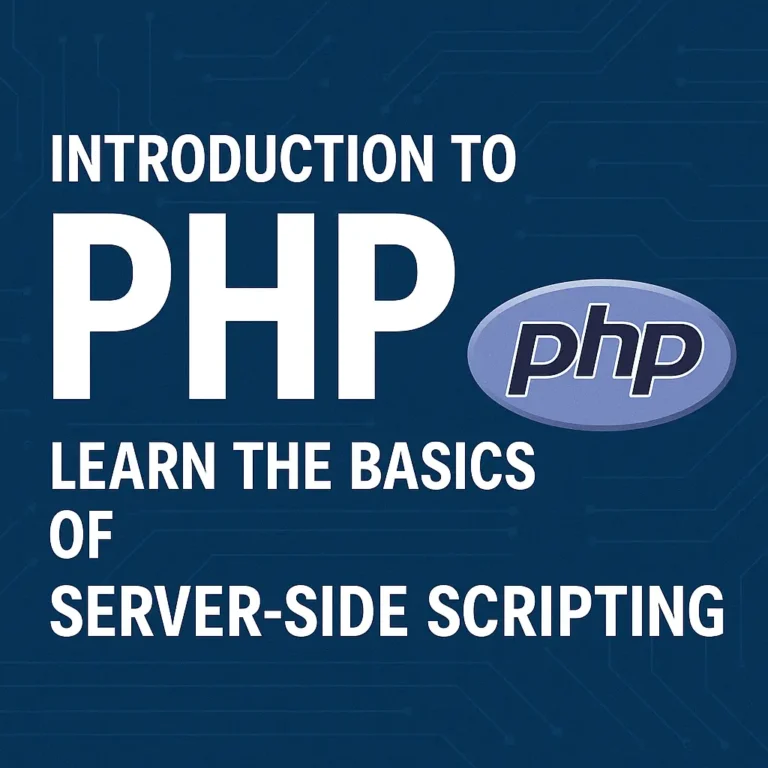This article will delve into the nuances of switch statements in PHP, providing insights into their usage and best practices, along with illustrative code examples.
Understanding Switch Statements
Switch statements in PHP allow developers to streamline decision-making processes when dealing with multiple possible conditions. They provide an elegant alternative to long chains of if-elseif-else statements, enhancing code readability and maintainability. Switch statements evaluate a single expression and execute code blocks based on the matching case.
Syntax
The syntax of a switch statement in PHP consists of the switch keyword followed by a variable or expression in parentheses. Inside the switch block, each case represents a possible value of the variable being evaluated. Optionally, a default case can be included to handle unmatched values.
<?php
$day = "Monday";
switch ($day) {
case "Monday":
echo "Today is Monday";
break;
case "Tuesday":
echo "Today is Tuesday";
break;
case "Wednesday":
echo "Today is Wednesday";
break;
default:
echo "Today is another day";
}
?>
In this example, the switch statement evaluates the value of the $day variable. If the value matches any of the case values, the corresponding code block is executed. If none of the cases match, the default code block is executed.
Break Statement
After executing a case block, PHP exits the switch statement unless a break statement is encountered. The break statement terminates the switch block and prevents subsequent cases from being evaluated.
<?php
$day = "Monday";
switch ($day) {
case "Monday":
echo "Today is Monday";
break;
case "Tuesday":
echo "Today is Tuesday";
break;
case "Wednesday":
echo "Today is Wednesday";
break;
default:
echo "Today is another day";
}
?>
Fall-Through Behavior
Switch statements in PHP exhibit fall-through behavior by default, meaning that if a case block does not contain a break statement, execution continues to the next case block regardless of whether the case matches the variable value.
<?php
$day = "Monday";
switch ($day) {
case "Monday":
case "Tuesday":
case "Wednesday":
echo "It's a weekday";
break;
case "Thursday":
case "Friday":
echo "Almost there, it's almost the weekend";
break;
default:
echo "Enjoy your weekend!";
}
?>
In this example, the case blocks for Monday, Tuesday, and Wednesday share the same code block. If the value of $day is Monday, Tuesday, or Wednesday, the output will be “It’s a weekday”.
Best Practices
Use Switch for Multiple Conditions: Switch statements are ideal for scenarios with multiple possible values for a variable. They offer a cleaner and more concise alternative to long chains of if-elseif-else statements.
Keep It Simple: Avoid complex logic within case blocks to maintain readability. If a case requires extensive processing, consider refactoring it into a separate function.
Include Default Case: Always include a default case to handle unexpected or unmatched values. This ensures graceful handling of edge cases.
Conclusion
Switch statements in PHP are powerful tools for controlling program flow based on the value of a variable. They offer a concise and readable alternative to long chains of if-elseif-else statements, enhancing code maintainability and organization. By understanding the syntax and behavior of switch statements and adhering to best practices, developers can effectively leverage this control structure to build robust and efficient PHP applications.
<?php
// Example PHP code
$day = "Monday";
switch ($day) {
case "Monday":
echo "Today is Monday";
break;
case "Tuesday":
echo "Today is Tuesday";
break;
case "Wednesday":
echo "Today is Wednesday";
break;
default:
echo "Today is another day";
}
?>
This PHP script demonstrates the usage of a switch statement to evaluate the value of the $day variable and output a corresponding message based on the day of the week.






